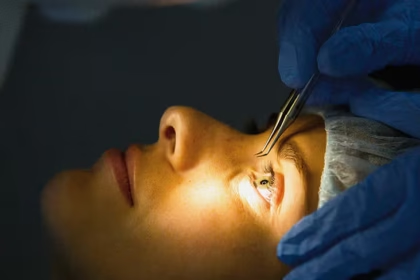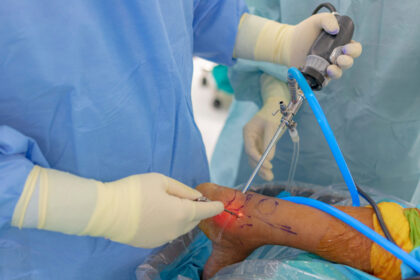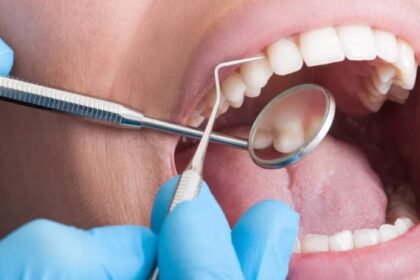Sports medicine is a branch of healthcare focused on physical fitness and the treatment and prevention of injuries related to sports and exercise. It helps athletes and active individuals manage their health through various treatments and therapies. Regenerative sports medicine leverages the body’s natural healing processes to facilitate effective recovery. Here are three types of individuals who may benefit from regenerative sports medicine:
1. Those With Tendon or Ligament Injuries
Tendon and ligament injuries are common among active individuals, often resulting from overuse or sudden trauma. Tendons connect muscles to bones, and ligaments connect bones to other bones, making them key to stability and movement. They often have a limited blood supply, which can lead to a slow or incomplete healing process. Conditions like tennis elbow, Achilles tendinopathy, ACL sprains, or rotator cuff tears frequently challenge athletes.
Care for tendon and ligament problems usually includes rest, physical therapy, or surgery. When these methods don’t lead to improvement, some individuals choose regenerative sports medicine. This uses biological materials to support the body’s repair response. Platelet-rich plasma (PRP) therapy involves drawing a small amount of the patient’s blood, processing it to concentrate the platelets, and then injecting the PRP directly into the injured area. Platelets play a key role in healing by releasing growth factors that stimulate tissue repair and reduce inflammation.
2. Athletes With Joint Discomfort
Joint discomfort in areas like the knees, hips, and shoulders is another common complaint among athletes. Symptoms can arise from cartilage wear and tear or repetitive movement associated with prolonged activity. Affected joints display symptoms such as:
- Swelling
- Aching
- Stiffness
- Reduced ability to move freely
Joint discomfort often impacts an athlete’s performance and ability to train consistently, but symptoms can also appear in people who are not engaged in high-level sports. Those who enjoy hiking, dancing, or team sports may also be affected. Regenerative medicine therapies are sometimes applied to address these joint-related problems, often as part of a comprehensive care plan that includes physical therapy or other treatments.
3. People Who Experience Back Pain
Back pain can arise from various sources, including disc-related problems or soft tissue injuries in the muscles and ligaments that support the spine. When back pain becomes chronic, it interferes with daily activities, sometimes resulting in missed work or lost recreational time. For back pain related to soft tissue injuries or degenerative disc conditions, regenerative medicine may be part of a comprehensive treatment plan. In stem cell therapy, stem cells are used to encourage the regeneration of damaged tissues. This aims to enhance the body’s natural healing capabilities and provide long-term relief.
Work With a Sports Medicine Specialist
Understanding if regenerative sports medicine is right for you begins with a thorough evaluation from a qualified provider. A specialist will assess your injury, medical history, and treatment goals. They are able to explain the available options, what regenerative medicine involves, and the expected timeframe for each therapy. If you’re experiencing ongoing discomfort or have questions about your recovery, schedule a consultation with a sports medicine specialist today.









